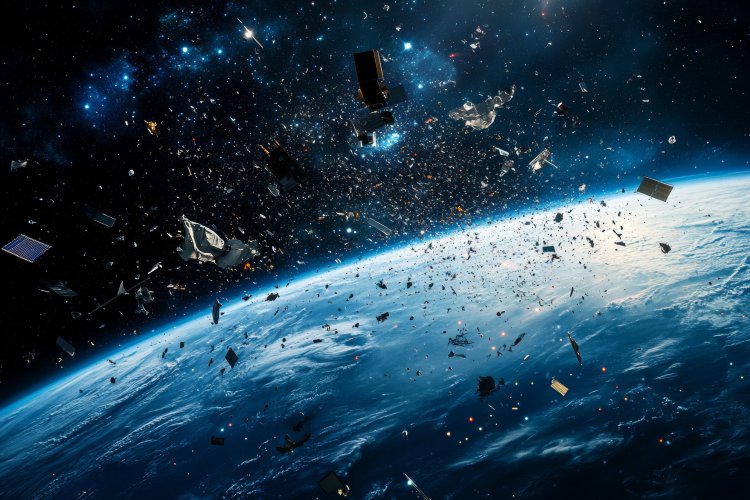On February 10, 2009, the first-ever collision of artificial satellites in Earth orbit was registered over the Taimyr Peninsula at an altitude of 788.6 kilometers. These were the derelict Kosmos-2251 communications satellite, which had remained in space without control since 1995, and the American commercial satellite Iridium 33. They collided almost at right angles at a speed of 11,700 m/s.
Neither satellite survived the “traffic accident” in space: several thousand fragments were formed, space debris, some fragments measuring at least 10 cm in diameter, as well as smaller ones. But even they can be dangerous, especially for the International Space Station (ISS). According to NASA experts, debris from the collision can continue to rotate around the Earth for 20 or 30 years, and some for more than 100 years. So, in 2011, the ISS had to make a maneuver to evade the wreckage of that “traffic accident.” And in 2012, one of the fragments passed by the ISS at a distance of 120 m.
The 2009 incident triggered increased attention to the prevention of future collisions. But there is a problem: as of 2021, at all altitudes of near-Earth space, there are about 900 thousand objects with a size of 1-10 cm, 34 thousand measuring more than 10 cm, and more than 130 million smallest, up to 1 cm. It is almost impossible to detect and track each of them; besides, their collisions with each other generate even more debris. The areas around the Earth that are most often used for spacecraft operation are the most clogged, that is, the near-Earth orbit can potentially become unusable. After all, even a small grain of space debris that moves at high speed can cause great damage to the spacecraft.
How to deal with space debris is still a debatable question; one which is, to some extent, legal, economic, environmental, related to national and global security. UN Secretary-General Boutros Boutros-Ghali noted in 1993 that we can’t say that the near-Earth space of a particular country is littering, the outer space of the entire planet is being littered, which negatively affects all states equally. Currently, developments are continuing around the world on how to bring derelict satellites into the “graveyard orbit,” how to avoid dangerous collisions, and, most importantly, how to recognize the threat in time.
The article is based on open sources.
Photo: mikkiorso / ru.123rf.com/






















